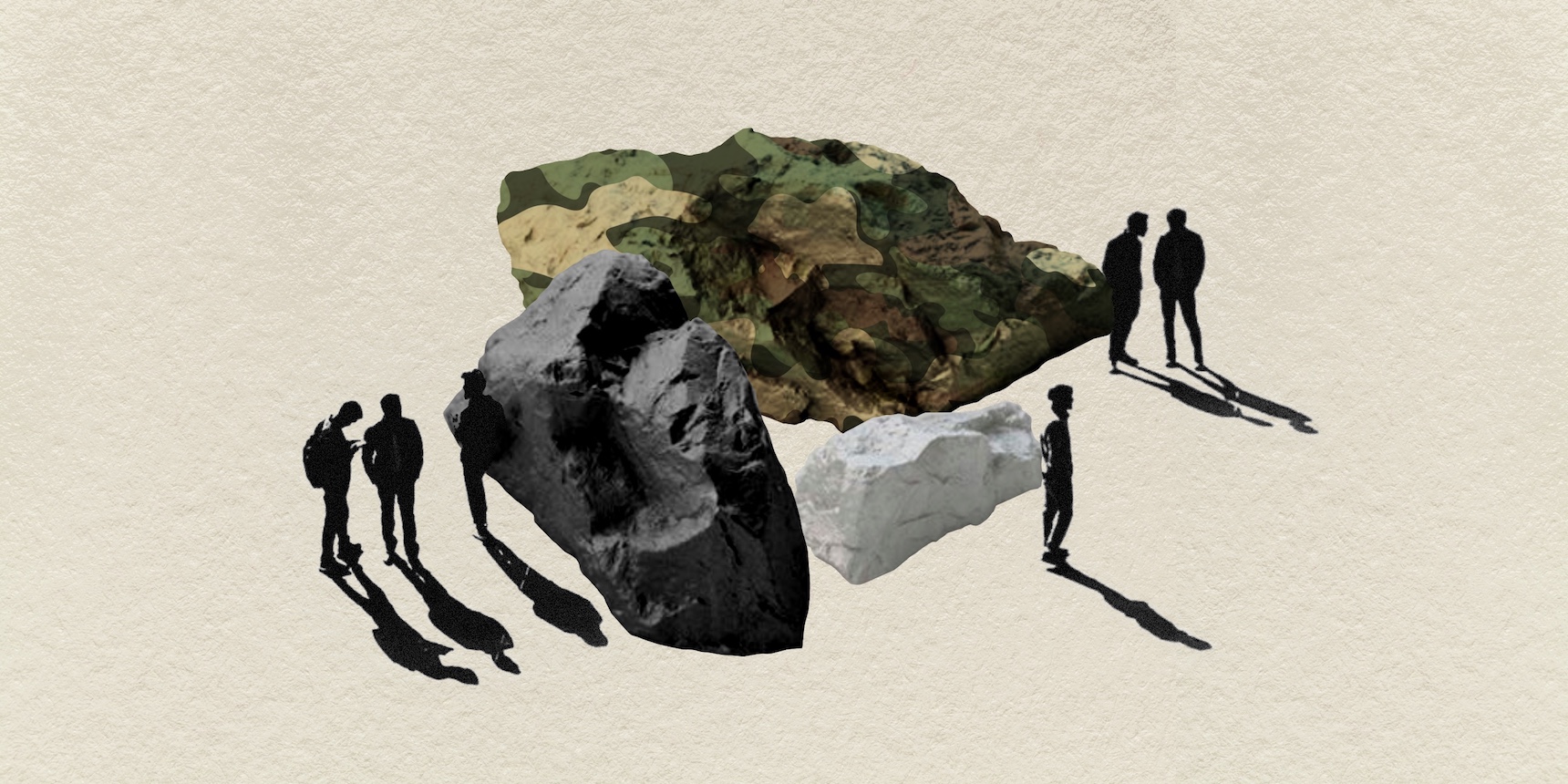
After almost three decades of remaining on the sidelines of the Nagorno-Karabakh conflict negotiation process, the EU has now stepped in, positioning itself as a mediator in the Armenian-Azerbaijani conciliation process. While Russia is seen as the traditional powerbroker in the region, and the guarantor of Armenia’s security, it is preoccupied with the war it launched in Ukraine, leaving the space open for the EU to actively undertake the role of moderator.
In a statement following the quadrilateral meeting on the margins of the first European Political Community in Prague, between Armenia’s Prime Minister Nikol Pashinyan, Azerbaijani President Ilham Aliyev, French President Emmanuel Macron and President of the European Council Charles Michel on October 6, Armenia agreed to facilitate a civilian EU mission alongside the border with Azerbaijan. Baku said that it would cooperate with this mission “as far as it is concerned.” The mission, which has already arrived in Armenia, aims to build confidence and through its reports contribute to the work of border commissions.
Though the EU is infamous for its complicated decision-making mechanism and old-fashioned bureaucracy, it took about 10 days to come to a unanimous decision to send a civilian mission to Armenia. On October 17, the Council of the European Union which is explicitly an intergovernmental body and consists of the executives of member states, decided to deploy up to 40 EU monitoring experts on the Armenian side of the international border with Azerbaijan with the objective of monitoring, analyzing and reporting on the situation in the region. High Representative for Foreign Affairs and Security Policy of the EU Joseph Borrell mentioned that this “is another proof of the EU’s full commitment to contributing to the ultimate goal of achieving sustainable peace in the South Caucasus.” As an urgent measure, it was decided that the monitoring experts will be temporarily deployed from the European Union Monitoring Mission in Georgia (EUMM Georgia) who have been there since 2008. It is planned to increase the number of members of the mission in the future.
To define expectations from the EUMM it is necessary to observe the EU’s civilian missions in other countries and regions. The EU’s Common Security and Defense Policy (CSDP) has always been and remains the Achilles’s heel of the EU as it is based mainly on the EU’s soft power arsenal. The CSDP policy is a part of the EU’s common foreign policy, which after BREXIT has become more coherent. However, it is still not as strong as the EU’s common economic policy. However, there are many successful cases of the EU’s civilian missions abroad. As an integral part of the EU’s comprehensive approach to crisis management, it provides the EU with an operational capacity to deploy civilian and military missions and operations abroad, allowing it to take a leading role in peacekeeping operations, conflict prevention, and the strengthening of international security.
Currently, there are around 4,000 EU military and civilian staff in the EU’s CSDP missions and operations trying to ensure stability in conflict zones. Over the last two decades, the EU has launched and run 37 operations and missions on three continents. As of today, there are 18 ongoing CSDP missions and operations, of which 11 are civilian and 7 military. There are EU missions in Moldova and Ukraine, Georgia, Palestine, Iraq, Somalia, Mali, Kosovo, Bosnia and Herzegovina, etc.
In 2008, the EU managed to take a key role in the Russian-Georgian war and deploy its mission to the region despite the fact that security issues in the South Caucasus were marginal in the EU’s foreign policy agenda at the beginning of the 2000s. However, the tensions on the Russian-Georgian border which escalated into a war in August 2008 was a catalyst for the EU’s engagement in the South Caucasus. The EU filled the geopolitical vacuum that arose in the absence of the actions of other Western actors. At the time, Georgia had appealed to NATO and the OSCE for mediation, however, both bodies were unwilling to undertake political action. This created an exceptional opportunity for the EU to play a crucial role in the region where before they didn’t even have much geopolitical, economic or military influence.
The scenario seems similar in the Armenian case. After the unprovoked large-scale Azerbaijani attack against Armenia on September 13-14, 2022, the Armenian government called on the international society, mainly the OSCE, CSTO, and other actors, to send monitoring missions to Armenia. The EU has been the most proactive, who once again came to fill the geopolitical vacuum of the region while the Russian-lead CSTO’s reaction was lukewarm, at best. As in the case of the Russian-Georgian war, where France played the key role of mediator, the Armenian-Azerbaijani conciliation process is also led by France under the direct supervision of President Macron.
The EUMM Georgia launched its operations on September 15, 2008 as an immediate response to the Georgian government’s appeal to deploy a monitoring mission on its territory. The mandate of the mission is to bring security insurance to the region focusing on four main goals: stabilization, normalization, confidence building, and information provision. It has three regional offices in Mtskheta, Gori and Zugdidi and its headquarter is in Tbilisi where more than 200 monitors from different European countries are working. Abkhazia and South Ossetia have refused to let EU monitors enter the territories under their control.
In the case of Armenia, the EU technical assessment mission was deployed on October 14 to prepare the ground for the deployment of the EU monitors, who have already managed to visit Vardenis in the country’s Gegharkunik region.
Although over the past decades, Armenia called on international actors to deploy monitoring missions on the Armenian-Azerbaijani border and the Artsakh-Azerbaijan Line of Contact several times, the request was ignored. Moreover, the OSCE itself undertook the initiative of having an investigative mechanism in the region in 2018 which was unacceptable for Azerbaijan. In July 2020, when Azerbaijan attacked Armenia’s Tavush region the Co-chairs of the OSCE Minsk Group, stated, “Without such a mechanism, the sides will continue to blame each other for initiating deadly attacks on the Line of Contact and the Armenia-Azerbaijan border. Armenia has agreed to discuss the details of the mechanism, and we urged Azerbaijan to do the same.”
Though the deployment of the EU’s mission is a bit late, it is still critical from the perspective of having objective and versatile information which could serve as a more credible source for the international society. On the other hand, it is also a good opportunity to make the Russian peacekeeper’s presence more efficient and accountable. Following up on the EU’s example, the OSCE decided to send a needs assessment team to Armenia on October 21-27. The purpose of the visit is to assess the situation in certain border areas, on the basis of the OSCE’s mandate and expertise within its comprehensive concept of security.
Also see
EVN Security Report: September 2022
Armenia’s security situation remains precarious, as Azerbaijan has exponentially increased its use of interstate conflict mechanisms, undertaking both large-scale invasions as well as incrementally utilizing hybrid warfare to justify violations of the ceasefire.
Read moreSurrounded by Belligerent States, the Armenian Economy Finds Security in Its Mountains
Ongoing security threats by Azerbaijani Armed Forces since the end of the 2020 Artsakh War have prompted Armenian policy makers to speed up planned upgrades to the country’s transport infrastructure. Raffi Elliot explains.
Read moreMore War Crimes and Still No Justice in Sight
A new video emerged of war crimes committed by Azerbaijani troops. The most viable way to have any real accountability for such crimes is for Armenia to sign and ratify the Rome Statute of the International Criminal Court.
Read moreThe Biden Doctrine Comes to Armenia
Azerbaijan has made an enormous strategic mistake, Russia has allowed for a sizable power vacuum in the region, and the United States has determined to capitalize on these developments, undertaking a policy pivot in the South Caucasus.
Read more




